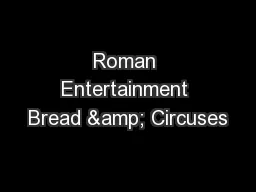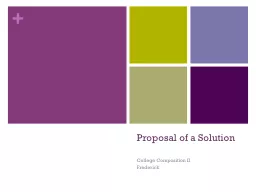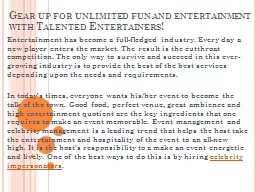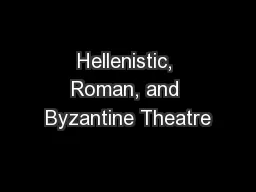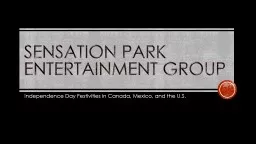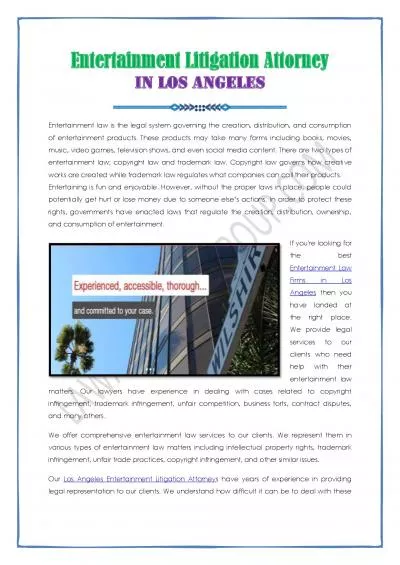PPT-Roman Entertainment Bread & Circuses
Author : faustina-dinatale | Published Date : 2018-01-30
Free food and entertainment Funded by patricians to Buy plebeian votes Keep the mob amused so they wouldnt cause trouble The Colosseum Begun by Emperor Vespasian
Presentation Embed Code
Download Presentation
Download Presentation The PPT/PDF document "Roman Entertainment Bread & Circuses" is the property of its rightful owner. Permission is granted to download and print the materials on this website for personal, non-commercial use only, and to display it on your personal computer provided you do not modify the materials and that you retain all copyright notices contained in the materials. By downloading content from our website, you accept the terms of this agreement.
Roman Entertainment Bread & Circuses: Transcript
Download Rules Of Document
"Roman Entertainment Bread & Circuses"The content belongs to its owner. You may download and print it for personal use, without modification, and keep all copyright notices. By downloading, you agree to these terms.
Related Documents

